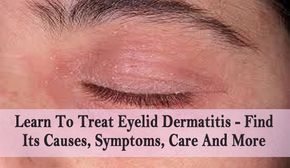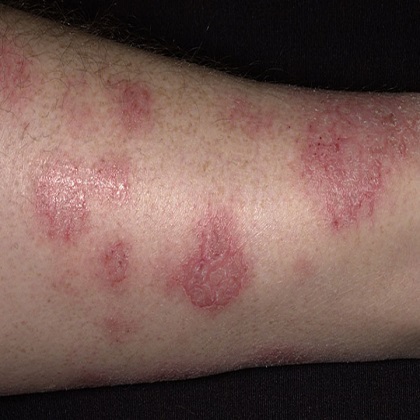
If you have a child with atopic dermatitis, you are probably trying to find ways to make your child as comfortable as possible. However, many people don’t realize that this disorder isn’t caused by poor hygiene, but it is. The main cause is an allergic reaction to an allergen. When this happens, the body’s immune system responds in a negative way, resulting in an outbreak of eczema.
The most effective way to treat atopic dermatitis is to moisturize the skin regularly. It is recommended that you moisturize your skin at least twice a day. Petroleum jelly may help prevent the symptoms of atopic dermatitis. Once you identify what triggers your condition, you can look for a solution that will alleviate your symptoms. Avoid sweat, excessive alcohol intake, and certain types of soap and detergents, as they can aggravate atopic dermatitis.
Although atopic dermatitis symptoms can be difficult to recognize, you can work with your doctor to find a solution. The first step in treating atopic dermatitis is to seek medical attention as soon as possible. During a visit to your health care provider, you will be examined by a physician and may be recommended treatments. These treatments may include the use of topical steroid cream or antihistamine medicine, or a combination of both.
Another important step in treating atopic dermatitis is to avoid exposure to irritants. This includes excessive scratching. Itching can lead to cracked or open sores, which increase the risk of infection. Atopic dermatitis can also cause skin problems that are caused by irritants or by a specific allergen. It’s essential to keep a close eye on the condition and the occurrence of any allergic reaction.
Atopic dermatitis symptoms vary from person to person. The most common areas that are affected by atopic dermatitis are the face, neck, elbows, back of the knees, and wrists. The condition can be difficult to treat, but it’s important to take precautions and manage it carefully. You can use moisturizers and soaps that are gentle and safe to use.

Children can develop atopic dermatitis on the face, scalp, and hands. The rash is often itchy and may even cause blisters. If the rash is on the face, it can affect the entire body, including the eyes and ears. If itching is severe, the patient may need to take an antibiotic. People with atopic dermatitis should limit bath time to 10-15 minutes. They should also use mild soap and bathe only when necessary.
The rash may not appear immediately, but it will last for a while. Itching can also occur on the fingers and toes. If the rash is not severe, it may develop as a small patch. Itching of the skin is also a sign of neurodermatitis. Itchy skin can affect the brain, which is one of the reasons it’s called atopic dermatitis.
Because atopic dermatitis can affect any part of the body, you should shower frequently. You can take a bath with household bleach several times a week. You should only take a bath once every few months if you are prone to this condition. To minimize the chance of developing atopic dermatitis, use a mild soap. And don’t rub your skin with your hands and wrists.
Symptoms of atopic dermatitis can appear anywhere on the body. In children, the rash may begin on the face, neck, elbows, and feet. Older children may have more severe cases on the elbows and genitals. Itching may occur before the rash appears. If signs of atopic dermatitis appear, a dermatologist and website should be consulted Health Brands Shop.
The symptoms of atopic dermatitis are similar to those of eczema, but can vary from person to person. They are not the same for every person and may disappear for a while. They usually disappear after skin exposure to a specific allergen. The inflammation is under the surface of the skin, but over time it will return. Symptoms of atopic dermatitis can be chronic and itchy.